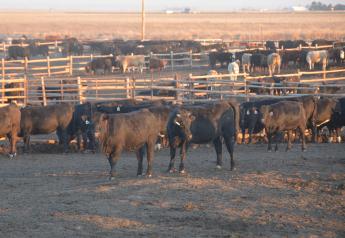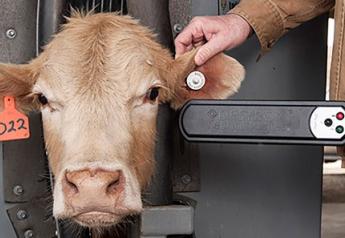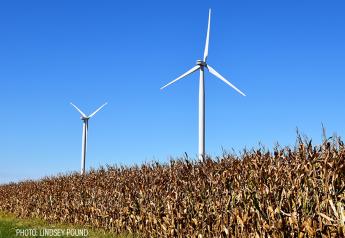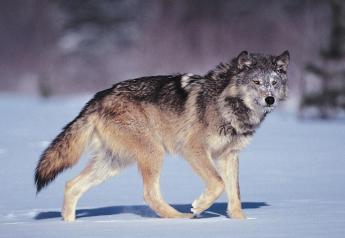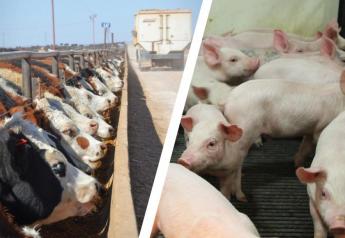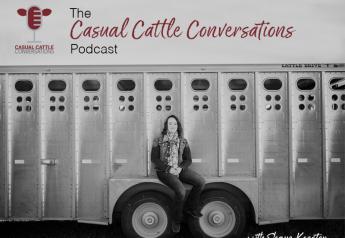Several Reasons for Slow Herd Expansion
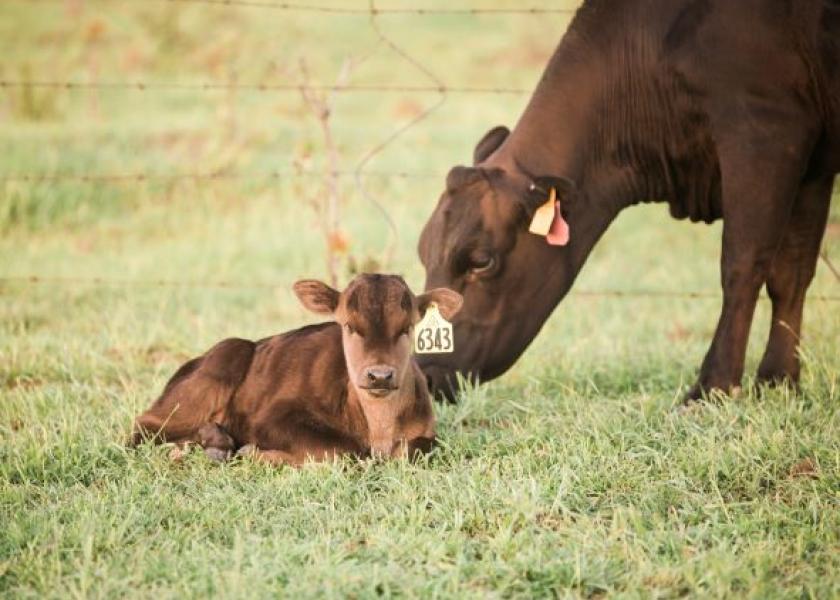
The mid-year cattle inventory report confirmed cattle numbers continue to get smaller and there is no significant indication of herd rebuilding so far. Despite sharply higher cattle prices this year, there is no data to suggest heifer retention or enough decrease in beef cow slaughter to initiate herd expansion, although the most recent weekly slaughter data are encouraging. The process thus far is considerably slower than the herd expansion after the drought in 2011-2013 pushed cattle inventories to a cyclical low in 2014. There are several reasons why producers are moving more slowly and cautiously thus far.
Continuing Drought is still an issue in significant regions of cattle country. While drought is not likely causing a great deal of additional herd liquidation from a broader market perspective, it surely is preventing herd expansion in those drought-stricken areas.
Drought Recovery - Pastures and ranges in locations recently emerged from drought need time to heal after 2-3 years of drought damage and stress. Hay supplies are depleted and must be replenished. Many regions are still vulnerable to redeveloping drought and there is uncertainty that forage production may remain restricted.
Financial Recovery - Many cattle operations have suffered from considerable financial stress from drought and high input costs. The short run need to realize immediate returns from higher cattle prices may be causing continued heifer and cull cow sales for now.
Input Cost Uncertainty - High, and in many cases record high, input prices were a particular challenge in 2022. Record hay prices and elevated supplemental feed costs have had a huge impact in drought regions. Record or near-record high fertilizer, chemical and fuel costs have been a significant challenge for producers, especially in regions of introduced pastures. Though some input prices have moderated in 2023, input price uncertainty has producers reacting cautiously to higher cattle prices.
Interest Rates - Not only are inputs costs higher but sharply higher interest rates creates a different economic climate that may temper the pace of herd expansion compared to the 2014-2019 period. Higher finance costs will be a much more significant factor as breeding heifer and cow costs rise in the coming months.
Producer Expectations - All of the above factors contribute to the economic backdrop of the industry and become part of the producer expectations that are the key to herd rebuilding. Until enough cow-calf producers anticipate enough returns for a long enough period of time, herd expansion will be tempered. In the meantime, cattle supplies will continue to tighten. Market prices for calves and feeder cattle will continue to increase as the market provides more price incentives that will eventually strengthen producer expectations and jump-start herd expansion. That process is likely to begin in earnest in the remainder of 2023 and into 2024.


